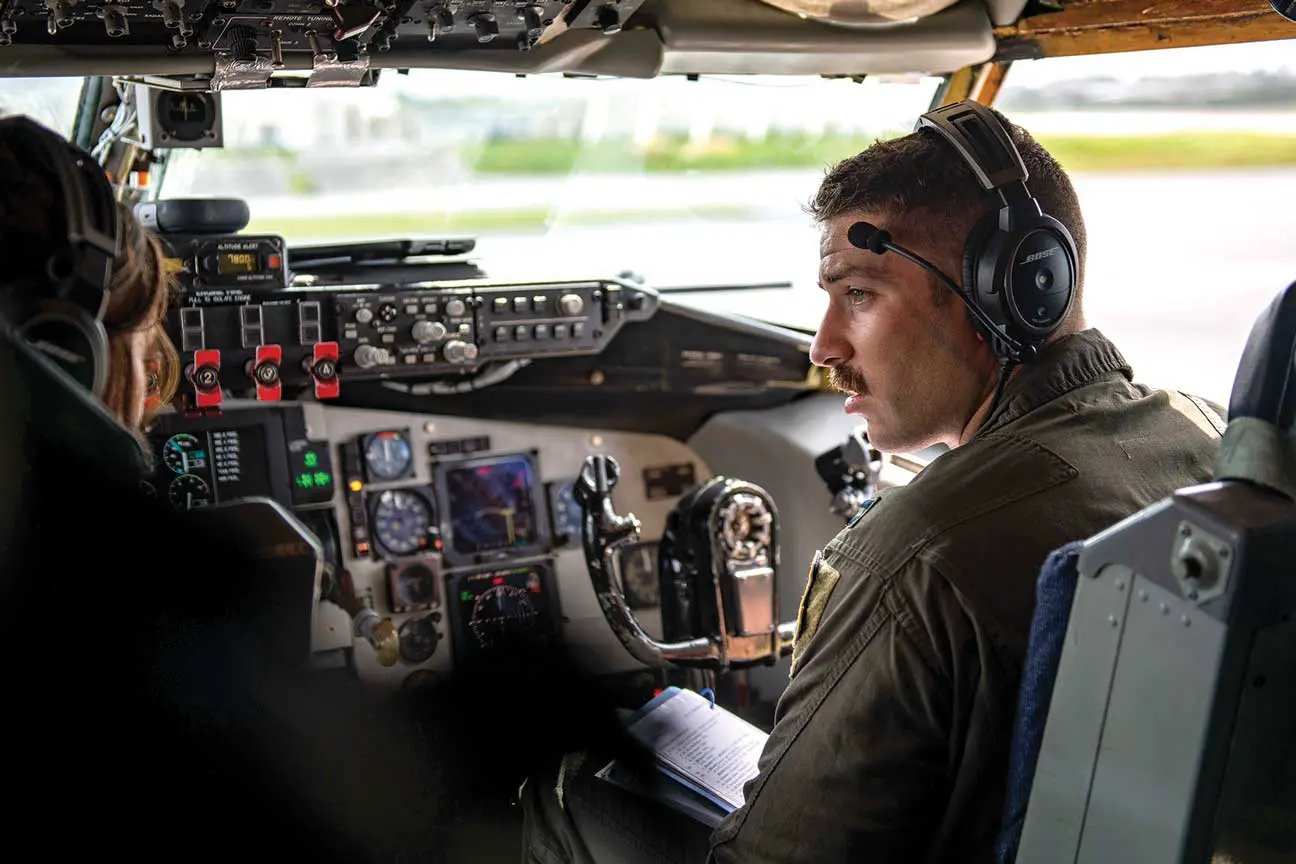Risk Management – Facilitating the Safety Process
By MAJ STEVE BOSTWICK, AMC FLIGHT SAFETY
Risk Management is a foundational tenant of a sound safety culture. Preemptively identifying hazards allows personnel to assess the inherent risks within a mission and effectively develop mitigation strategies to address these potential hurdles. Additionally, this process highlights hazards to the appropriate risk acceptance authority, permitting leadership to provide supplemental guidance while also determining if the identified risk is acceptable.
Every Airman is responsible for conducting some form of risk management, whether it is an aircrew planning a sortie or a planning team coordinating an exercise. Assessing and mitigating hazards should also be an evolving process. It does not stop at the brief; rather, it continues during the execution phase. It is crucial that every team member effectively communicates the perceived threat and provides valuable input on how to eliminate or mitigate it, seeking approval from a superior if necessary.
As members within a profession of arms, we afford our leadership the opportunity to weigh in when the risk is deemed excessive beyond a “normal level.†However, we owe it to ourselves to educate subordinates and teammates on risk management processes, particularly on gauging when to seek higher risk acceptance or when to call “knock-it-off.†Although the identified risk may require leadership approval, this requirement does not excuse personnel from executing sound judgment. It should be understood that if we are seeking acceptance for a higher level of risk from a commander, we are at the same time acknowledging that everyone involved in the operation is comfortable in accepting said risk. When in doubt, call “knock-it-off†or “terminate.â€

